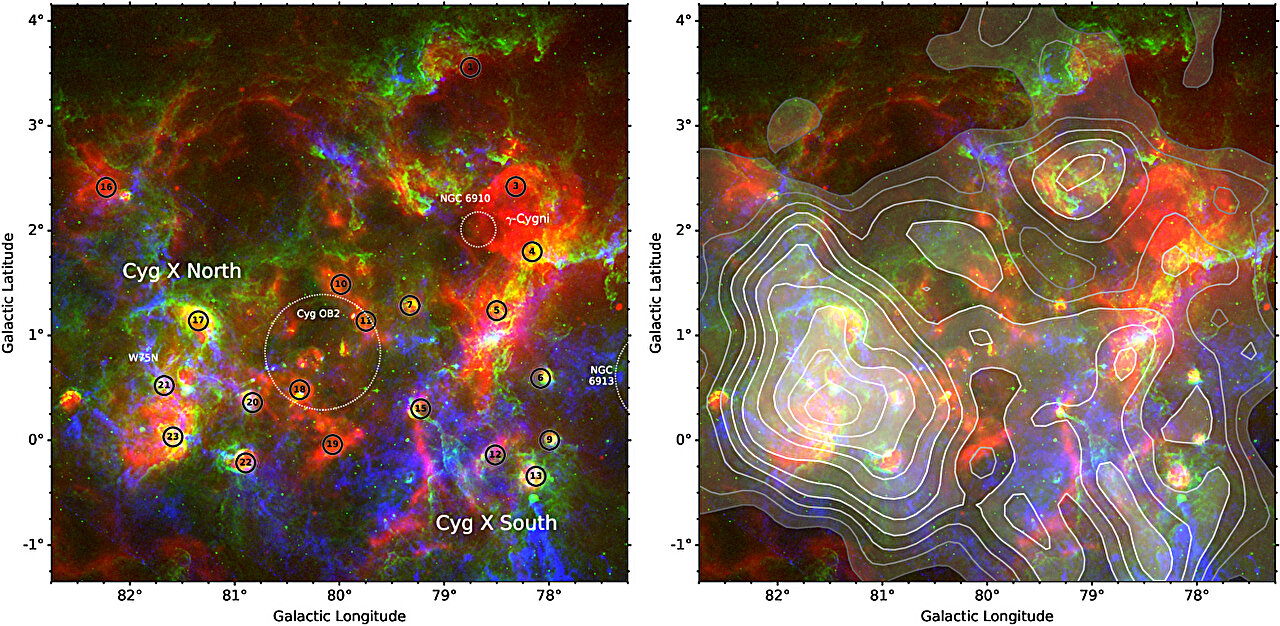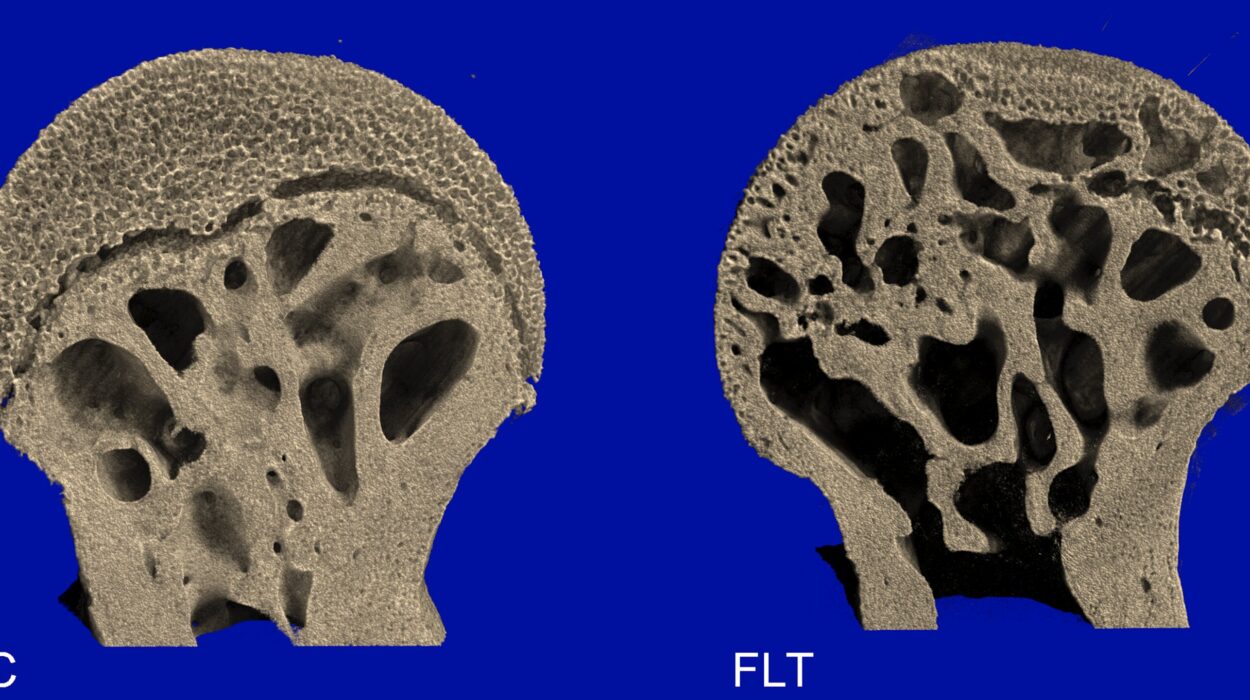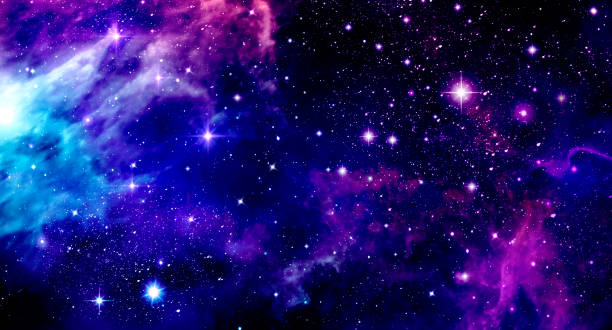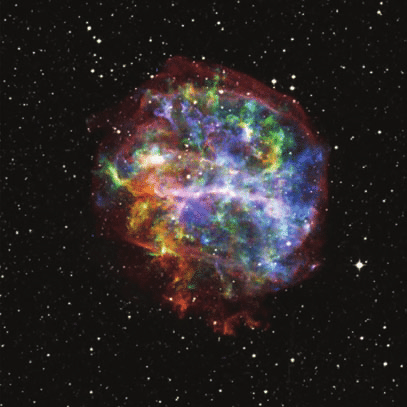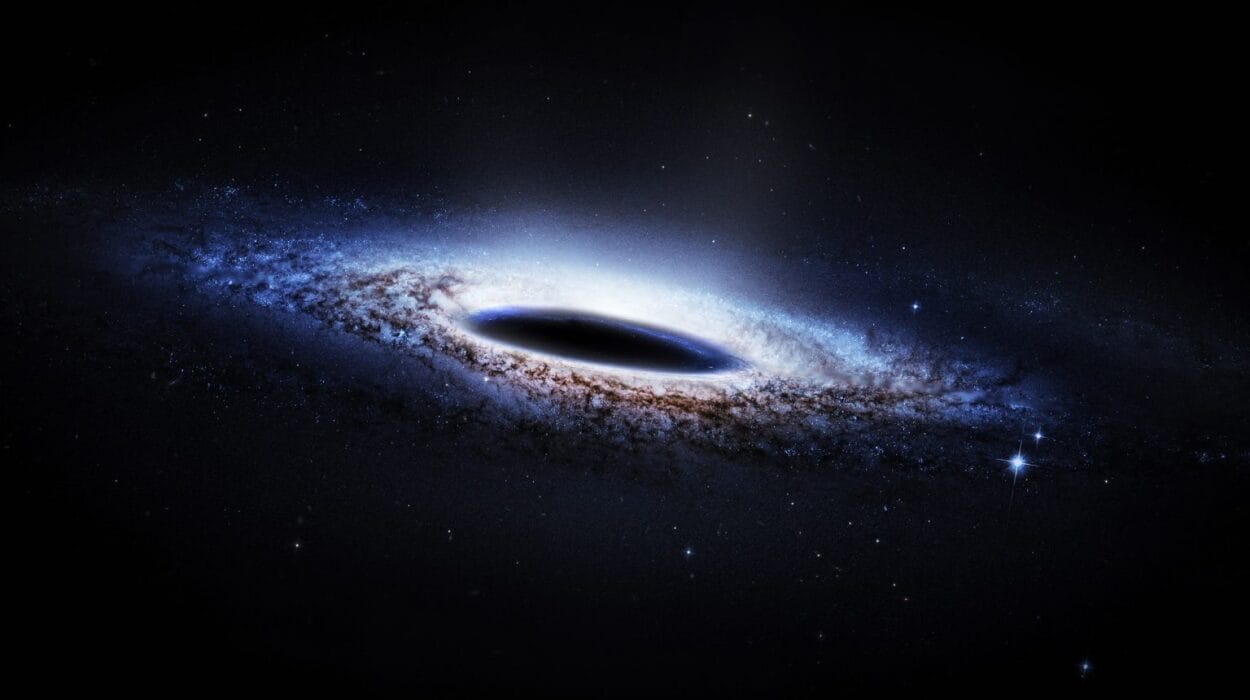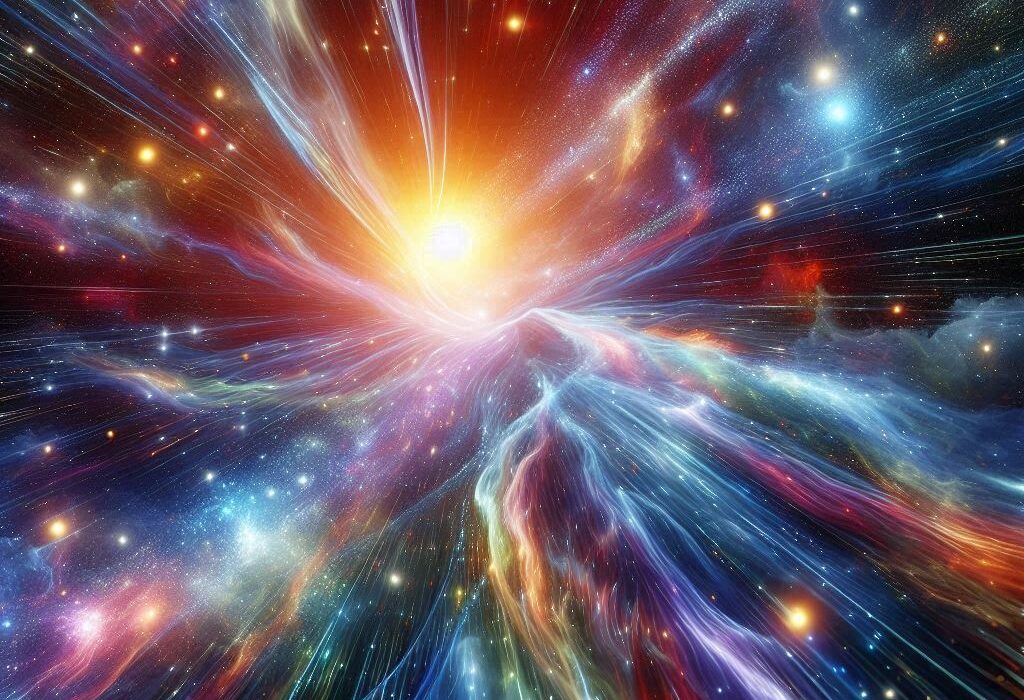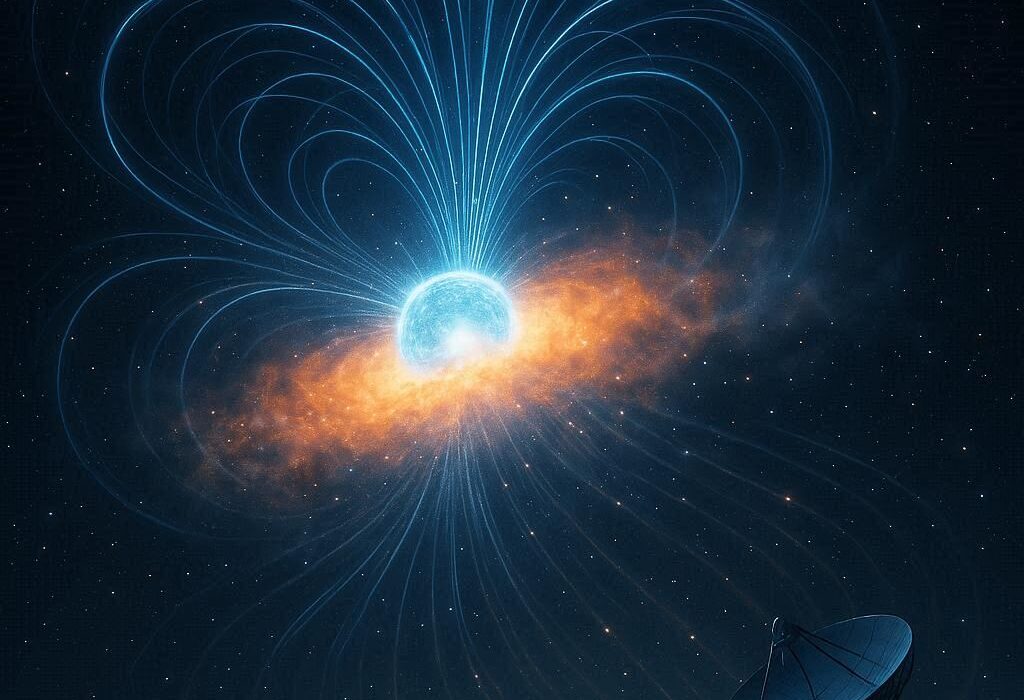The Milky Way is alive with motion, light, and mystery. Among its spiral arms, vast clouds of gas and dust drift like silent oceans, giving birth to stars that will one day illuminate the night sky. For decades, astronomers have tried to understand how these stellar nurseries work — how invisible hydrogen gas, scattered across light-years of space, condenses, ignites, and becomes the luminous heart of a new sun.
Now, an international team of astronomers has peeled back one of the galaxy’s most stubborn veils. Using the powerful Green Bank Telescope (GBT) in West Virginia, they have created the first-ever large-scale maps of a mysterious kind of matter called CO-dark molecular gas. This gas has long hidden in plain sight — unseen, unlit, and largely untraceable — until now.
Their focus was Cygnus X, one of the Milky Way’s most energetic star-forming regions, a cosmic neighborhood roughly 5,000 light-years away. What they uncovered there is transforming how we see our galaxy: a vast network of invisible filaments and structures, humming with activity, that hold the raw material for new stars.
“It’s like suddenly turning on the lights in a room and seeing all sorts of structures we never knew were there,” says Kimberly Emig, an associate scientist at the National Radio Astronomy Observatory and lead author of the study published in The Astrophysical Journal.
The Hidden Half of the Star Factories
Astronomers have long known that stars are born inside cold molecular hydrogen gas, which clumps together under gravity until it collapses and ignites in nuclear fusion. But here’s the problem: molecular hydrogen (H₂) — the universe’s most abundant molecule — doesn’t emit light in a way we can easily detect with our telescopes. It’s like trying to study the ocean using only the waves that reflect sunlight — most of the water remains hidden beneath the surface.
To find these invisible clouds, scientists usually rely on another molecule: carbon monoxide (CO). CO is bright in the radio wavelengths and tends to form in the same places as molecular hydrogen, so it acts as a beacon for star-forming gas. But recent research has revealed a twist — not all hydrogen clouds produce CO. In fact, a vast amount of the galaxy’s star-forming material doesn’t “light up” in CO at all.
This missing ingredient, known as CO-dark molecular gas, has been one of astronomy’s biggest blind spots. It’s the dark matter of the star-making process — ordinary in substance, but invisible to traditional methods. Scientists suspected it was there, influencing how stars and planets form, but until now, they had no way to map it across large regions of the sky.
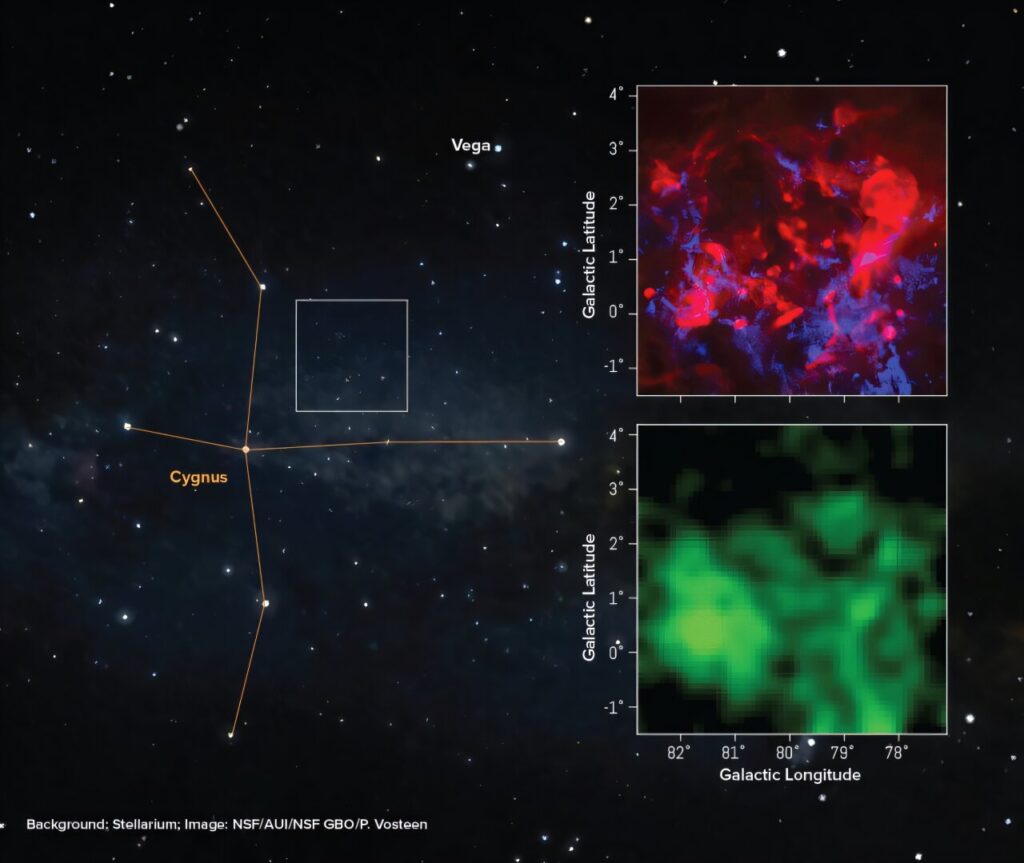
A New Kind of Light
That changed with the Green Bank Telescope. Standing 100 meters wide, nestled among the quiet hills of West Virginia, the GBT is the world’s largest fully steerable radio telescope. It can detect faint radio signals from across the universe, including the delicate whispers of atoms and ions as they recombine.
The breakthrough came when astronomers began looking for Carbon Radio Recombination Lines (CRRLs) — faint radio signals emitted when carbon ions capture electrons and return to a lower energy state. These emissions occur at very low frequencies and can reveal where diffuse, partially ionized carbon exists — exactly the conditions that mark CO-dark molecular gas.
By mapping these CRRLs across Cygnus X, the team illuminated a region more than 100 times larger than the full moon in the sky. What emerged was a breathtaking view of the Milky Way’s hidden architecture — a tangled web of arcs, ridges, and filaments of dark gas, threading through the glowing nurseries of visible stars.
These maps reveal the transition zones between atomic gas, molecular gas, and the bright CO regions where stars actively form. In these twilight zones, carbon atoms trace the invisible material where the chemistry of creation begins — the threshold between the cold darkness of space and the warm glow of new suns.
A Turbulent, Living Landscape
The team’s observations also show that this dark gas isn’t static. It’s dynamic and turbulent, swirling with unexpected velocity. These motions may play a crucial role in how quickly — or how slowly — stars can form. Instead of being calm cradles for newborn stars, these clouds appear to be restless, colliding, mixing, and reshaping themselves under the influence of radiation and gravity.
The brightness of the CRRLs also correlates strongly with the intense starlight flooding Cygnus X, indicating that radiation from massive stars sculpts the gas around them. This interplay of light and matter — of creation and destruction — drives the cycle of star formation. Starlight erodes some clouds while compressing others, sparking new generations of stars in a kind of galactic feedback loop.
In other words, the Milky Way is a self-renewing ecosystem, recycling its material across eons. The dark molecular gas is the hidden bloodstream of that system, transporting the building blocks of stars and, ultimately, of planets and life.
The Cosmic Connection
Emig describes the discovery in poetic but precise terms: “By making the invisible visible, we can finally track how raw material in our galaxy is transformed from simple atoms into the complex molecular structures that will one day become stars, planets, and possibly life. And this is just the beginning of understanding these previously unseen forces.”
That transformation — from the simplicity of hydrogen to the richness of carbon chemistry — is the foundation of cosmic evolution. Every molecule in your body, every atom in your blood, once drifted as part of these invisible clouds. To map them is to trace our own origins.
The work in Cygnus X bridges the gap between atomic hydrogen, which fills interstellar space, and CO-bright molecular clouds, where stars actively form. Understanding how one becomes the other is essential to unraveling how galaxies grow and sustain themselves. The new maps, therefore, don’t just show where the stars are forming — they reveal how the Milky Way itself breathes.
The Power of the Green Bank Telescope
The Green Bank Telescope’s sensitivity and flexibility make it uniquely suited for this kind of research. Hidden away in a radio-quiet zone — an area protected from the static and chatter of human technology — the GBT can pick up the faintest whispers from the cosmos. It’s the perfect ear for listening to the language of recombining atoms.
The telescope’s massive dish allows it to capture CRRL signals with unparalleled clarity, and its wide field of view enables astronomers to stitch together maps covering enormous stretches of sky. The result is not just a snapshot, but a living panorama of the galaxy’s hidden structures.
The success of the Cygnus X study has already inspired new projects. Larger surveys, such as the GBT Diffuse Ionized Gas Survey at Low Frequencies, aim to expand these maps to other regions of the Milky Way. Each new observation adds another chapter to the story of how stars — and by extension, everything we know — come into being.
Seeing the Galaxy Anew
For centuries, our image of the cosmos has evolved with every new wavelength we’ve learned to see. Optical telescopes showed us the stars. Infrared eyes revealed the warm cocoons where they are born. Radio telescopes unveiled the cold skeletons of gas and dust that form the scaffolding of galaxies. Now, with CRRL mapping, we have a tool that can illuminate the darkest corners of this structure, turning speculation into observation.
The discovery of widespread CO-dark molecular gas challenges long-held assumptions about how we measure the galaxy’s mass and star-forming potential. If much of the gas is invisible in CO, it means that previous estimates of molecular material — and therefore of how quickly galaxies can form stars — may have been too low. The hidden galaxy is more massive, more active, and more intricate than we thought.
A Universe That Hides and Reveals
There’s something deeply human in this search for the unseen. Every scientific breakthrough, from Galileo’s first telescope to the latest radio array, has been a step toward making the invisible visible. The universe does not offer its secrets freely. It hides them behind wavelengths, behind distance, behind the limits of our perception. But with every advance in technology and imagination, we push that boundary outward.
The new maps of Cygnus X are not just data; they are portraits of revelation. They show us that even in the familiar spiral arms of our own galaxy, there remain entire worlds of structure and motion waiting to be found. The dark gas that once escaped our eyes now stands revealed as a vital, dynamic participant in the grand story of creation.
The Continuing Journey
The story of physics and astronomy is, at its core, a story of perception. We begin in darkness — literally and metaphorically — and through curiosity, patience, and the tools we build, we bring light into that darkness. The mapping of CO-dark molecular gas is a reminder that the universe still holds surprises, that the cosmos we think we know is only one layer deep.
Future telescopes, both on Earth and in space, will build on this discovery. They will map the hidden threads of gas that connect galaxies, trace how stars shape their environments, and reveal how the chemistry of life begins in the quiet cold between the stars.
Every new discovery reminds us of our connection to the cosmos. The same carbon atoms glowing faintly in Cygnus X once drifted through space, and in time, some of them found their way into living cells. In learning how the galaxy forms stars, we are learning how it formed us.
And so the work continues — listening to the faint murmurs of carbon, watching the shadows of hydrogen come to life, turning the universe’s hidden rooms into illuminated halls of understanding.
Because every time we turn on a new kind of light, the cosmos reveals another piece of itself — and we, in turn, understand a little more of who we are.
More information: Kimberly L. Emig et al, Cool Dark Gas in Cygnus X: The First Large-scale Mapping of Low-frequency Carbon Recombination Lines, The Astrophysical Journal (2025). DOI: 10.3847/1538-4357/adfa17
